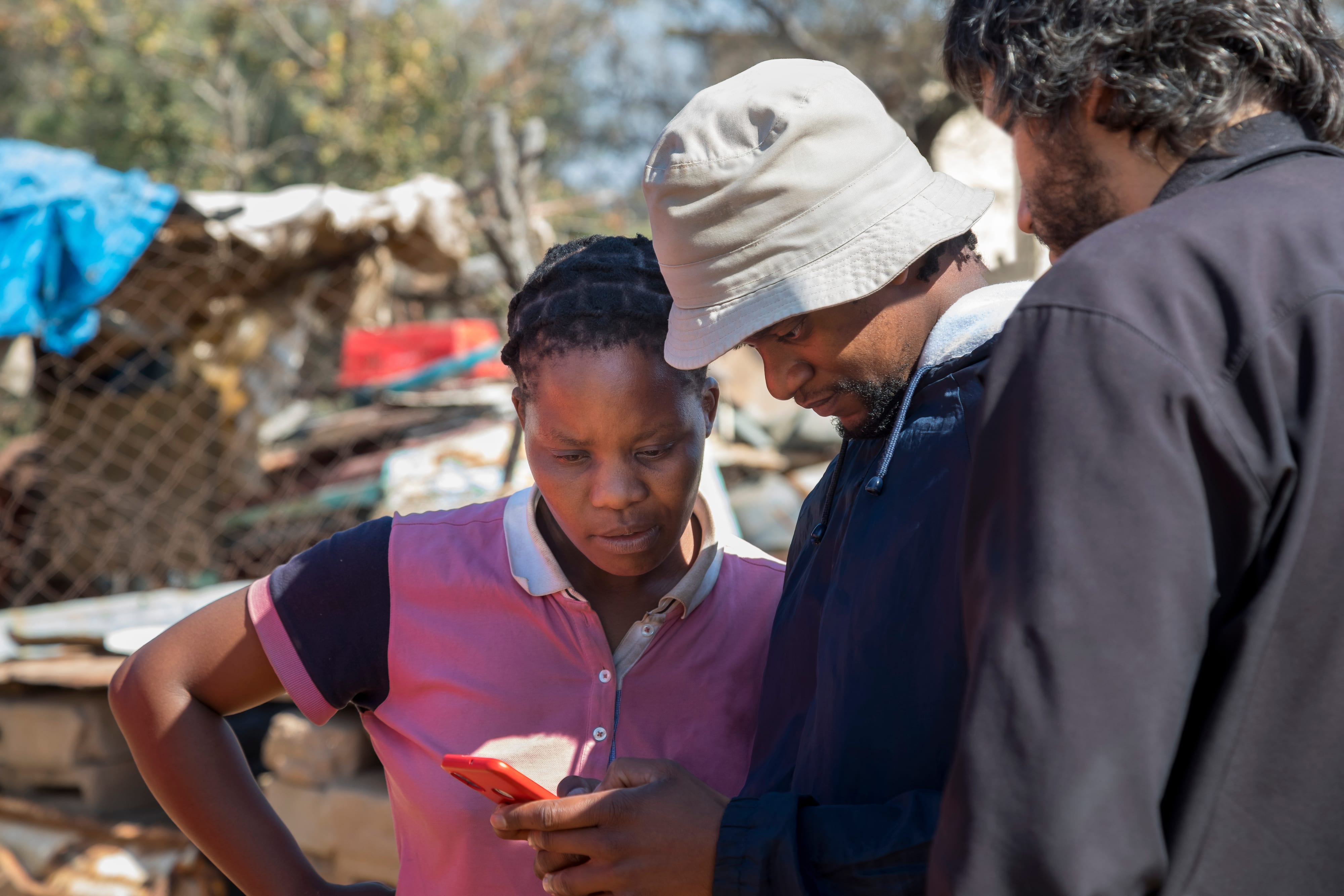Labelled Remittances

Location
Sector
Type of Investment
Project Stage
Length of Investment
2017-2022
Website
Investment Overview
Innovations for Poverty Action (IPA) was testing one promising approach to increase the development impact of remittances by enabling migrant workers from the Philippines to label the remittances they send home for a specific purpose, such as education or business activities.
The Development Challenge
Remittances have been the largest external finance flows to low-and middle-income countries other than China since 2015, accounting for about three times the total official development aid (ODA). In 2023, they amounted to USD669 billion exceeding foreign direct investment (FDI) by more than USD250 billion. Remittances are also often steadier and less volatile than either ODA or FDI. However, remittances tend to be a small share of the total earnings of overseas migrant workers. One reason for this is that migrants sending funds back to their households have limited ability to monitor and/or control the use of remittances by recipients. This, in turn, can discourage migrants from sending more substantial remittances.
The Innovation
The Labelling Remittances innovation built on a promising lab-in-the-field experiment by the same IPA team, where they tested approaches to increasing Filipino migrants’ remittances for education. They found that simply providing migrants an ability to label (in a non-binding way) remittances for education raised total remittance amounts by 15%. If this intervention was effective as a real world product, it could have been scaled by banks and other remittance providers like money transfer operators quite easily, because labelling requires minimal modification to existing platforms.
Investment Objective
GIF’s USD 1.6 million grant funded the IPA team to conduct a randomised controlled trial (RCT) of the impacts of a real world version of the remittance labelling product, relating to both the changes in remittance behaviour of Filipino migrants in the United Arab Emirates, and changes in spending patterns and life outcomes of the recipient households. As the COVID-19 hit, the IPA team pivoted to utilise part of the budget towards understanding the impact of the pandemic on migrant remittances in the Philippines.
Labelled Remittances in numbers
remittances in 2023
Migrants enrolled in the GIF-funded study